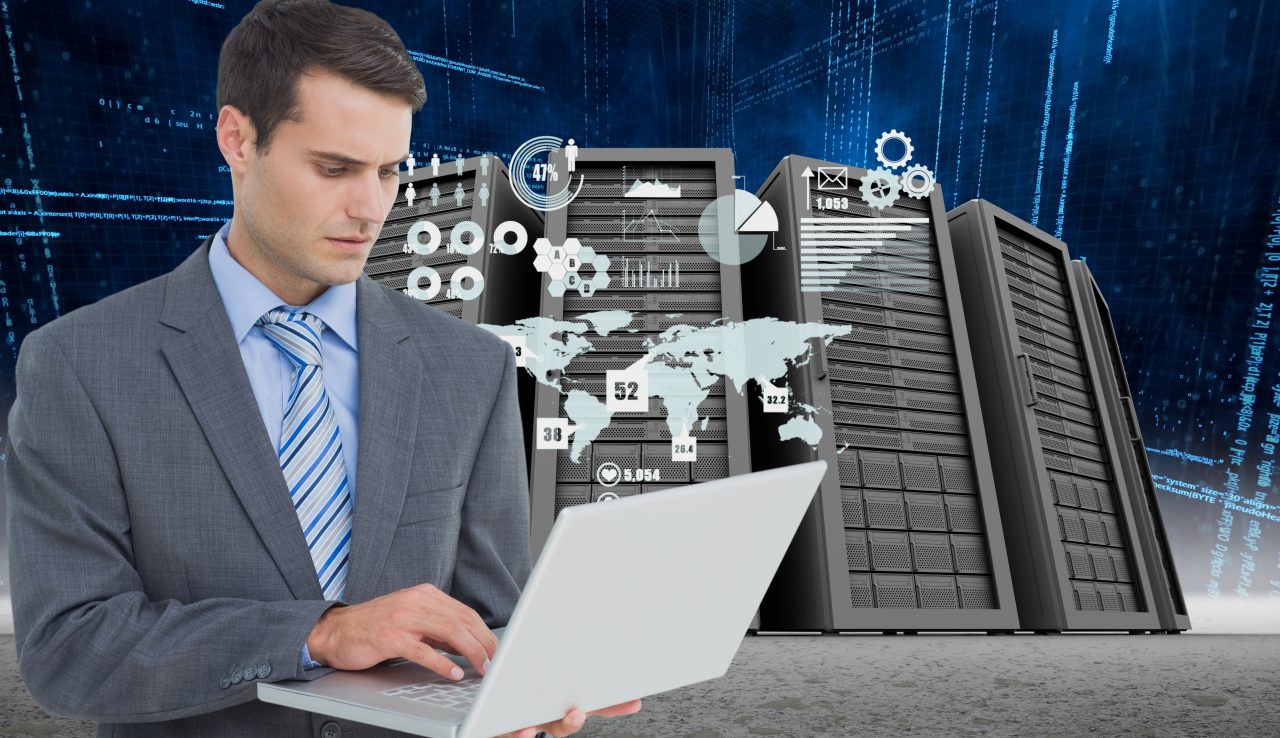Storing files across multiple hard drives, cloud accounts, or outdated USBs can quickly become a headache. If you’ve ever lost track of a document or run out of space at the worst moment, you’re not alone. A basic storage server can eliminate that chaos, giving you a centralised, secure, and scalable space for all your data.
Whether you’re a small business owner, a content creator handling large media files, or just someone tired of fragmented storage solutions, setting up a dedicated server is more accessible than ever. In this guide, we’ll walk you through how to build your own from scratch, with clear insights on hardware, software, configuration, and where to buy storage server equipment at the best value.
We’ll also break down how to compare storage server device online price, choose reliable components, and understand the storage server price in Dubai, so you can make smart decisions without overspending.
What is a Storage Server?
A storage server is a dedicated system designed to hold and manage large volumes of data. It acts as a central repository, allowing multiple users and devices to access and share files over a network. Unlike external hard drives or USBs, a storage server provides faster, more secure, and more organised access to your digital resources.
From small offices and home studios to personal media centres and remote backups, storage servers are a versatile solution that can be scaled to meet different use cases.
Choosing the Right Hardware
The foundation of any reliable server is its hardware. When building your storage solution, several key components need to be considered carefully. First is the server case or chassis. You can choose between a desktop tower or a rack-mounted unit depending on your available space and scalability needs.
Next, focus on the CPU and RAM. You don’t need top-tier specs, but a multi-core processor and a minimum of 8GB RAM are recommended for stable performance, especially if multiple users will access the server simultaneously. The choice of storage drives is also critical. Hard Disk Drives (HDDs) are cost-effective for bulk storage, while Solid State Drives (SSDs) offer speed advantages, particularly for frequent access. A hybrid approach, using SSDs for your main system and HDDs for bulk storage, is often a good compromise.
Another essential component is the network interface. Most setups are fine with a standard Gigabit Ethernet port, but for high-speed networks, a 10 Gigabit Ethernet card can significantly boost performance. Lastly, ensure you’re using a reliable power supply unit (PSU) that can handle all components without failure.
Selecting the Operating System
Once your hardware is ready, the next step is to install an operating system (OS) that will manage your data and network access. FreeNAS (now known as TrueNAS) is one of the most popular open-source options, especially for first-time users, thanks to its user-friendly interface and powerful features.
For those familiar with Linux environments, server-specific distributions like Ubuntu Server or CentOS offer more control and flexibility. They’re ideal if you’re comfortable working with command-line tools and prefer a customisable approach. Windows Server is another option for users already invested in the Windows ecosystem. It integrates well with other Microsoft tools and is suitable for business use cases.
Installation and Configuration
Installing your chosen OS is usually straightforward and can be done using a USB drive or over a network. Once installed, you’ll need to configure your storage volumes. This is where RAID (Redundant Array of Independent Disks) comes in. RAID allows you to combine multiple drives into one logical unit for improved performance or redundancy. Common choices for beginners include RAID 1 for data mirroring or RAID 5 for a balance of performance and fault tolerance.
After configuring your volumes, set up file sharing using standard protocols like SMB (for Windows networks), NFS (for Unix/Linux), or FTP/WebDAV for remote access. It’s also a good idea to create user accounts with specific permissions to keep your data secure and organised.
Securing Your Server
No matter how basic your setup is, security should never be an afterthought. Start by changing all default passwords and limiting user permissions. A properly configured firewall will restrict unwanted access and reduce vulnerabilities. Regular updates to your OS and software ensure protection against known threats, while a backup plan, either on a separate drive or to the cloud, guarantees data recovery in case of failure. Monitoring server logs can also help identify any unusual activity before it becomes a serious issue.
Ongoing Maintenance
Once your server is live, it’s important to maintain it regularly. Monitor your disk usage and check for drive errors to avoid sudden data loss. Network speed should also be tested periodically, especially in multi-user environments. Keeping software, firmware, and OS updates current will help avoid compatibility issues and security loopholes.
Understanding Storage Server Pricing in Dubai
If you’re researching the storage server price in Dubai, it’s important to note that prices can vary significantly depending on hardware specifications, storage capacity, and brand. Entry-level setups typically start from a few hundred dirhams, while enterprise-grade systems equipped with advanced RAID and high-speed networking can run into several thousand.
When browsing a storage server online website, make sure to evaluate total cost against factors like build quality, warranty, after-sales service, and long-term scalability. For many, it’s more economical to custom-build a storage server using individually purchased parts, particularly if you’re tech-savvy and need flexibility.
Where to Source Your Server Components
Reliable sourcing is crucial when building your own server. While there are many online vendors, not all offer the same quality assurance or customer support. That’s why choosing a platform with a strong track record in networking and server equipment is important. Providers like StarTech Electronics offer a carefully selected inventory of storage server hardware, allowing you to compare storage server device online price, view detailed specs, and get expert advice. Though not the only source in the region, StarTech is known for its consistency and transparent service across the UAE.
Final Thoughts
Setting up a basic storage server might seem intimidating at first, but with the right components, software, and guidance, it’s a straightforward process that offers long-term value. From streamlined file sharing to better data control and secure backups, the benefits are tangible whether you’re using it at home or in a business setting.
As you plan your build, focus on performance, reliability, and scalability. Carefully research components, check compatibility, and remember to prioritise security throughout the setup. For those looking to compare options or buy storage server gear with confidence, take time exploring trusted platforms and reading reviews.
With a well-structured setup and a bit of maintenance, your storage server will serve as a dependable hub for all your data needs, now and well into the future.
FAQs
1. Can I build a storage server with consumer-grade hardware?
Yes, many users start with standard PC components. Just ensure compatibility, especially with storage interfaces and power requirements.
2. What is the best OS for beginners setting up a storage server?
TrueNAS (formerly FreeNAS) is often recommended for beginners due to its intuitive web interface and strong community support.
3. Do I need RAID for a basic storage setup?
It’s not essential, but RAID adds redundancy and performance. RAID 1 is a good starting point for simple setups.







21 Comments
https://shorturl.fm/YWQTm
na2t29
https://shorturl.fm/Meznh
kge23m
6i8gzz
https://shorturl.fm/9Rd1F
ujfr62
https://shorturl.fm/Pg9X1
https://shorturl.fm/t9FHf
https://shorturl.fm/25v6n
https://shorturl.fm/V5YPT
https://shorturl.fm/pE5cY
hnjb96
https://shorturl.fm/Nn1w6
https://shorturl.fm/BnPpl
I don’t think the title of your article matches the content lol. Just kidding, mainly because I had some doubts after reading the article.
https://shorturl.fm/AeqKl
https://shorturl.fm/1pZyg
Can you be more specific about the content of your article? After reading it, I still have some doubts. Hope you can help me.
https://shorturl.fm/8PWED
I don’t think the title of your article matches the content lol. Just kidding, mainly because I had some doubts after reading the article. https://accounts.binance.info/lv/register?ref=SMUBFN5I